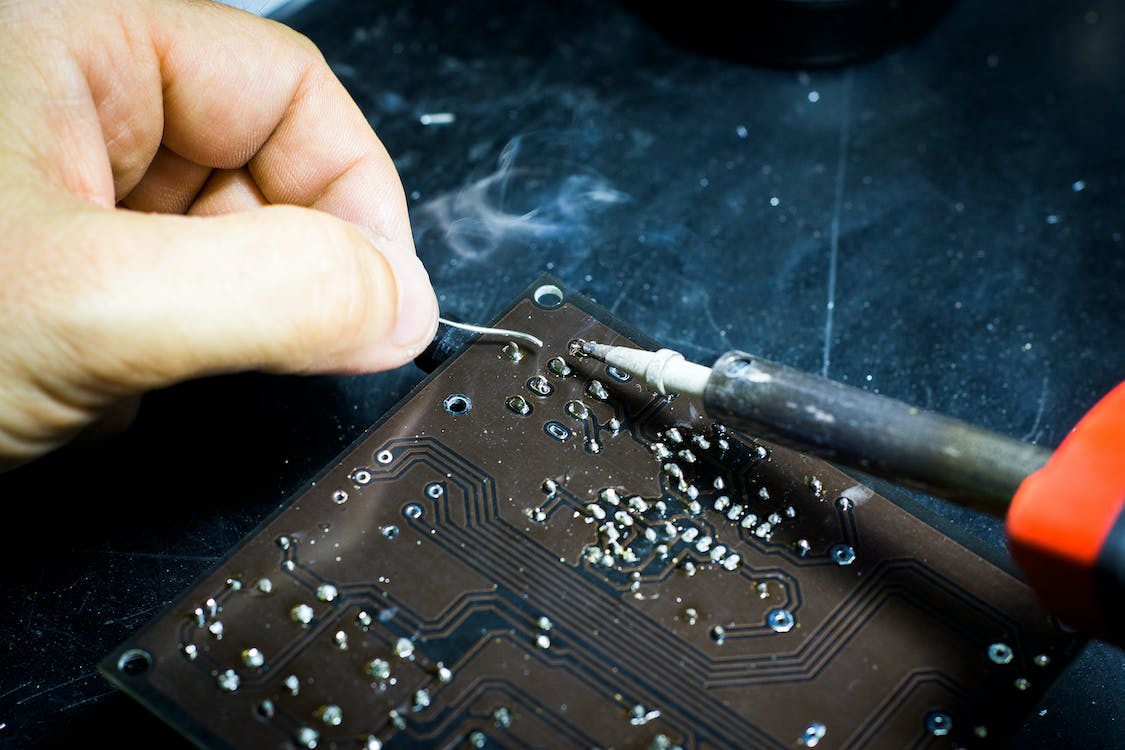
3 Applications of PCBs in the Healthcare Industry
Printed Circuit boards (PCBs) are the backbone of the modern healthcare industry. They ensure that medical equipment and devices are running safely, effectively, and efficiently.
The healthcare industry relies heavily on PCBs in order to maintain their systems and keep track of information. This is especially true of hospitals, which use PCBs-integrated machines to monitor patients’ vital signs, as well as their medications and medical histories.
In addition, they use them in diagnostic equipment such as X-ray machines, ultrasound machines, CT scanners, and MRI scanners. They also use them in medical alert bracelets for patients who have epilepsy or diabetes.
These integrated machines are more feasible for developed countries like the U.S., which are constantly struggling with a growing number of chronic diseases, an increasing elderly population, and other healthcare-related challenges. States like Washington, California, Arizona, and others, are constantly increasing their healthcare spending to provide the best healthcare to their citizens.
If you are a healthcare entity from Phoenix, Arizona, then you might want to consider the best Printed Circuit board designer in Phoenix, Arizona. This is because this designer will ensure that your healthcare products are designed so they can be used for a long time.
Medical Imaging Systems
The medical imaging market is a multi-billion dollar market, expected to reach $56.53 billion in 2028 at a growth rate of 5.8%. The market is booming, driving the need for different medical imaging systems in the global healthcare industry.
Medical imaging systems are used in hospitals and clinics to help diagnose and treat a patient’s condition. In order to operate these systems, they must be able to capture an image of the body part that requires attention. To do this, they use x-ray machines, ultrasound machines, MRI (magnetic resonance imaging) machines, CT (computed tomography) machines, and PET (positron emission tomography) scanners.
The use of PCBs in medical imaging systems has been increasing over the years due to their ability to withstand high-intensity radiation produced by these machines. PCBs also help improve the quality of images produced by these machines as well as reduce the size of these images.
PCBs are used in x-ray machines that detect broken bones or other injuries that may have occurred during an accident or fall from a height. X-rays allow doctors to identify broken bones to determine whether surgery is required or not.
Printed Circuit boards (PCBs) are critical in these machines because they allow you to control how much power goes into each X-ray beam while preventing any excess energy from escaping into the room where the machine is located.
Monitors
Monitors are a crucial part of the healthcare industry. From heart rate, blood pressure, and blood glucose monitors to machines that track sleep cycles, monitors are a key tool in diagnosing and treating conditions.
Printed circuit boards are used in many different monitors to help them get accurate readings. They are used in equipment that measures heart rate or blood pressure through a series of electrodes attached to the patient’s skin. These electrodes send electrical signals through the body that the monitor’s electronic components can read. The printed circuit board helps connect these components together so they can send and receive information from each other efficiently.
There are also other types of monitors that use printed circuit boards for their internal circuitry as well as their external connections. For example, portable ultrasound machines use PCBs to send and receive sound waves from transducers mounted on the patient’s body so doctors can see inside them without surgery or x-rays. This helps detect problems like tumors or broken bones without having to take time out of your day for an exam.
Infusion Pumps
By 2026, the market for infusion pumps is anticipated to grow at a CAGR of 9.3% to reach USD 20.5 billion. Diabetes, analgesia/pain management, gastroenterology, and chemotherapy are the main applications of infusion pumps. Infusion pumps are also frequently used to administer narcotic analgesics and anesthesia locally after cardiothoracic surgery, laparoscopic cholecystectomy, and bariatric surgery. The demand for infusion therapy is anticipated to rise as the number of procedures conducted do.
Infusion pumps are used to deliver drugs or other fluids through small catheters. The pumps can be used for a variety of purposes, such as delivering insulin or chemotherapy to patients with diabetes and cancer.
In these devices, PCBs are used to control the flow of fluid from the pump’s reservoir into the patient’s body. The PCBs trigger a piston inside the pump that pushes fluid out through the catheter and into the patient’s body.
In order to ensure that these products function reliably and accurately, PCBs are used in infusion pump designs. The PCBs allow for better control over how much fluid is being infused into a patient at any given time. This helps prevent over- or under-infusion of fluids or medications, which could lead to serious health problems for patients if left unchecked.
Summing Up
The Printed Circuit Boards (PCB) are the most important part of all electronics. They consist of many components, and they are used in almost every industry, including healthcare.
PCBs are used in the healthcare industry because they are durable, strong, and reliable. They are also easy to use and repair, which makes them perfect for the healthcare industry. They can be used to control medical devices, monitor patients, and detect any abnormalities in their health condition.
